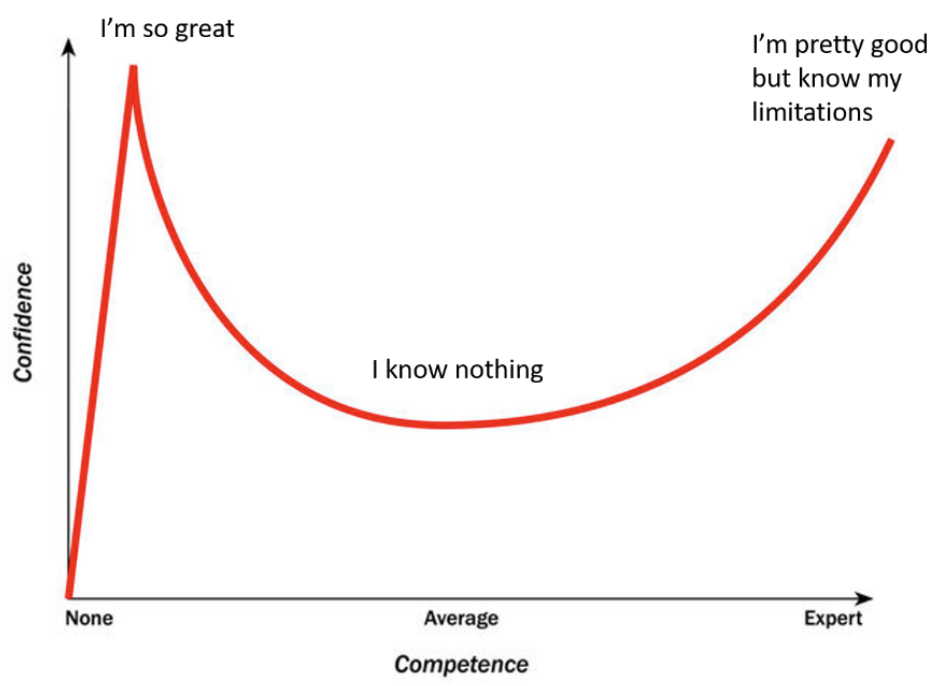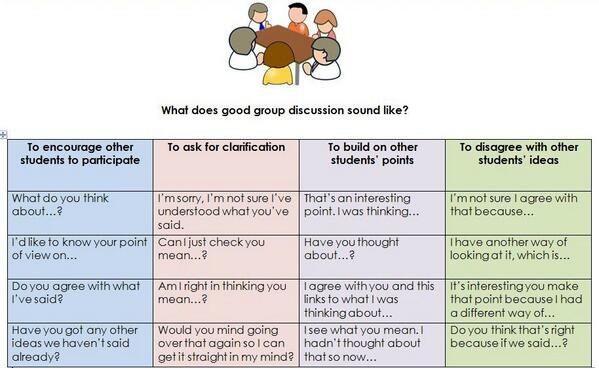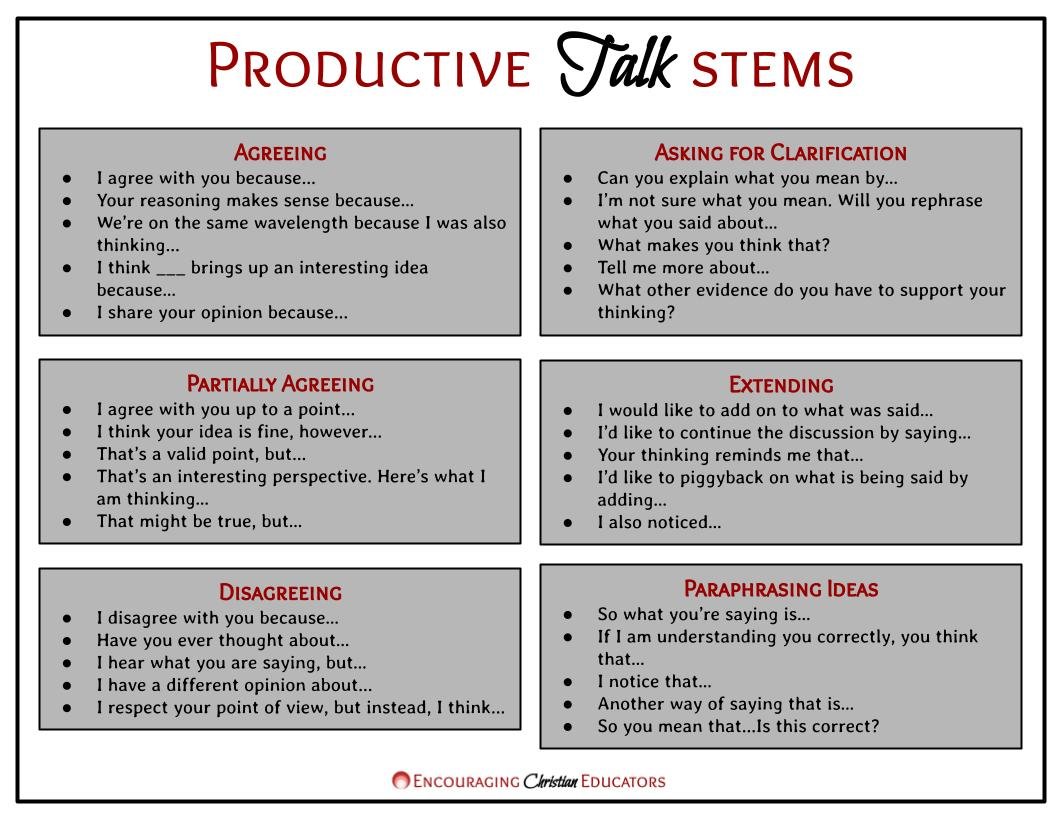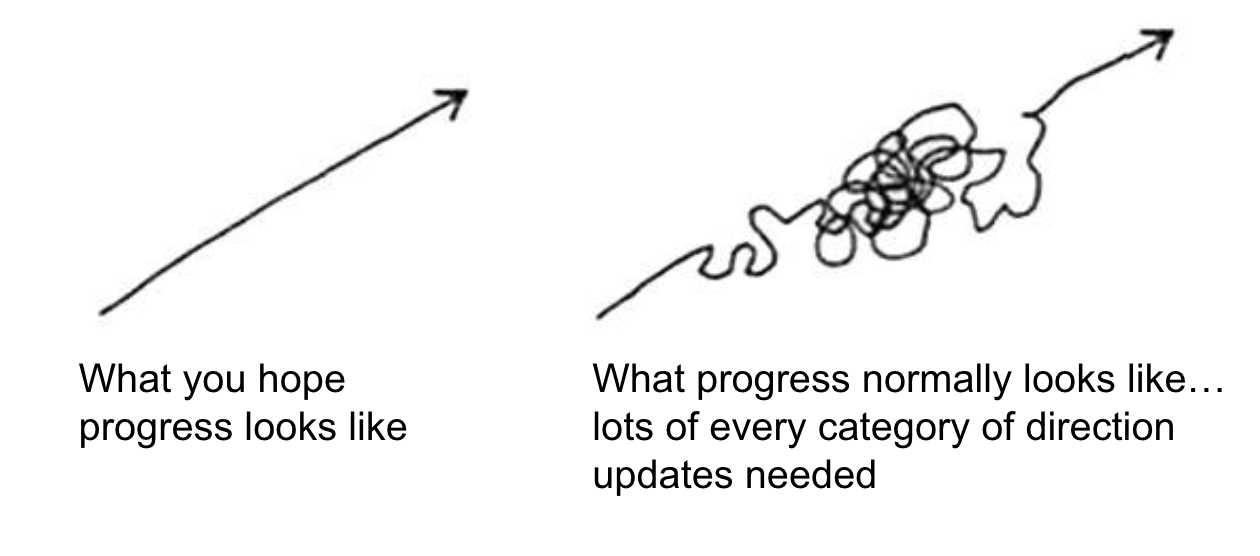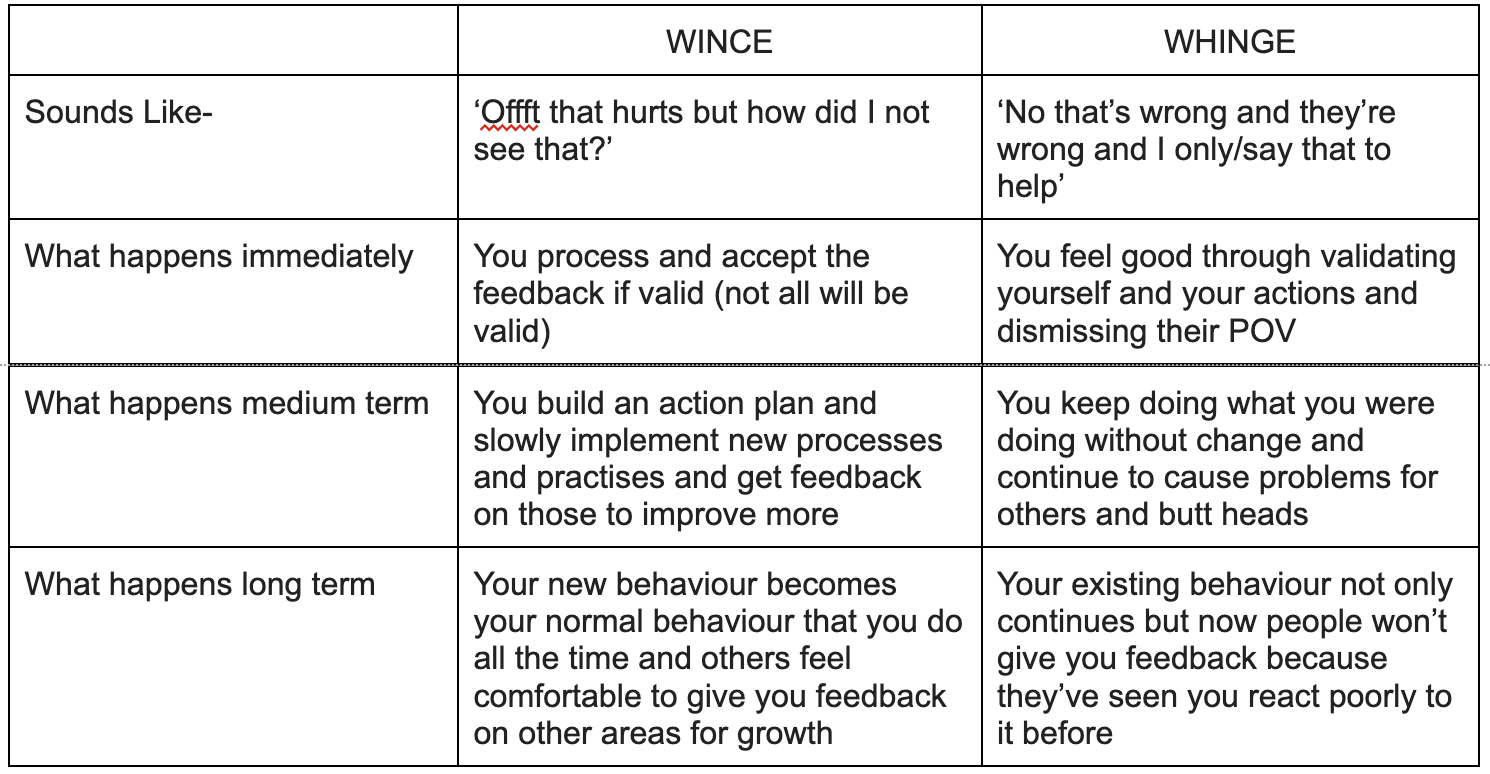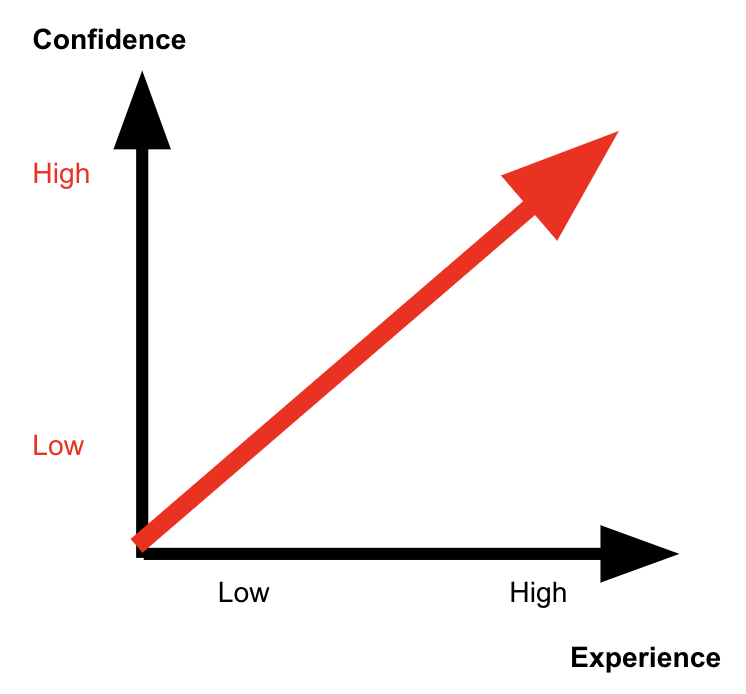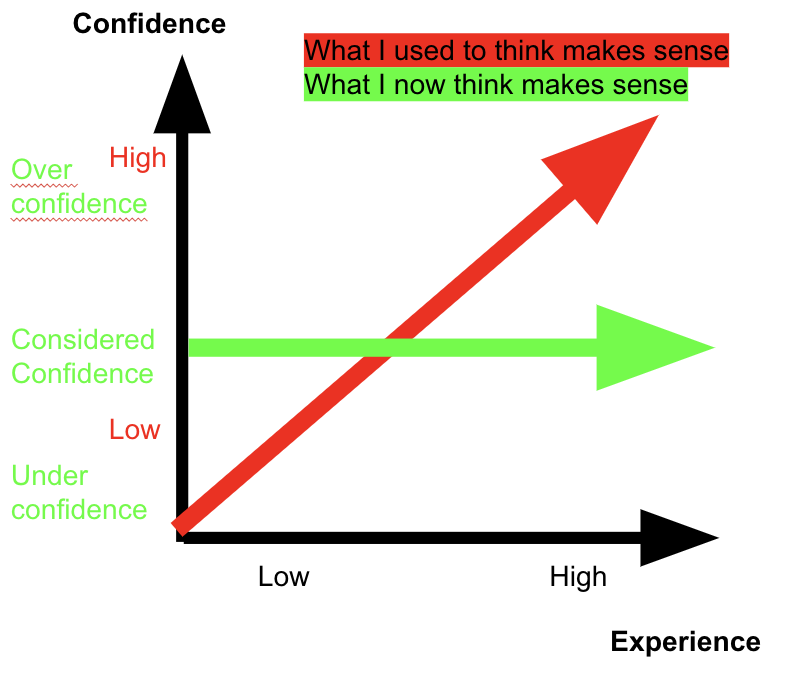Mental Ability = Number of ideas * Interconnectedness of ideas
/By Duncan Anderson. To see all blogs click here.
Reading time: 8 mins
Summary: Mental Ability ≈ Reading Comprehension Ability ≈ Problem Solving Ability. I believe that reading comprehension ability and problem solving can improve exponentially and infinitely (IE there is no ceiling). A master's problem solving ability can be 100x+ better than a novice’s.
Mental Ability = Value extracted from reading 1x article = (1. Ability to extract ideas from an article + 2. Ability to recall relevant ideas from long term memory) * 3. Ability to interconnect ideas
Mental Ability = Problem solving ability = (1. Ability to generate ideas in a problem space + 2. Ability to recall relevant ideas from long term memory) * 3. Ability to connect the ideas into a metastructure
One of many definitions: Mental Ability ≈ Reading Comprehension Ability
To me reading comprehension is the most upstream mental skill there is.
Having a discussion with someone is real time two way reading comprehension.
Thinking to yourself is internal reading comprehension.
It doesn’t matter if you are an Artificial Intelligence engineer, a teacher or an AFL player, you all do lots and lots of ‘reading comprehension’.
I think that reading comprehension ability has no ceiling, and that masters at reading comprehension are at least 100x+ better at it than novices. The compound outcome of being 100x better at something per unit of time is boggling!
But also, Reading Comprehension ≈ Problem Solving.
There is also a bunch of research on ways to describe what reading comprehension is :), see details below.
Mental Ability represented with numbers :)
Here is a model for how connecting ideas can visualise (see below for more detail on models that can underlie these visuals). Joining SOLO taxonomy and Dreyfus taxonomy.
What a novice ‘sees’ when reading an article
What an expert ‘sees’
IMO Language Comprehension Ability does not have a ceiling AKA you can improve at Language Comprehension indefinitely. The value you can get from a single article (or add to solving a problem) can massively increase. A novice can get 1 unit of value, a master might get 100x+ more.
The two main areas I see as limitless are 1. Background knowledge (ideas in long term memory) and 2. Ability to connect ideas together to create emergent new ideas.
Another way to visualise interconnecting ideas.
The structures you can build are effectively limitless.
A novice sees minimal new data points.
A master sees new data points AND creates new structures of ideas combined together.
One’s ability to interconnect data points ≈ One’s ability to create emergent new ideas ≈ Metacognition ability
One strategy to grow mental abilities
“1. Ability to extract ideas from an article + 2. Ability to recall relevant ideas from long term memory” = Reading and thinking
“3. Ability to interconnect ideas” = Talking, writing, building and user testing.
More detail: Learning Modalities: Reading, thinking, talking, writing, building and user testing.
Life can get always more colourful.
Related blog: Knowledge compounds exponentially: an explanation for the matthew effect
What you can learn is a function of what you know. The more you know the more you can learn.
What you can do is a function of what you have done. The more you have done the more you can do.
IMO increased mental ability means each unit of time can be more valuable AKA colourful than before :)!
Jingle: If you are bored then you are boring. If you don’t find things interesting then start reading, thinking, talking, writing and building!
+++++++++++++++++++
Details
The Simple View Of Reading - A well regarded model for reading
Introductory model
More detailed version
Background knowledge (ideas in your long term memory) on a topic is something that massively affects the results students have on reading comprehension tests. To me this makes logical sense. I like to think I have 100x the background knowledge about the world that I had 10 years ago.
One component I think it's missing from Scarborough's model is the ability to join ideas together into emergent ideas. This is something I think SOLO taxonomy covers well.
Skills that have ceilings vs Skills without ceilings
Word recognition (decoding) = Can you recognise the word (if you are reading this the answer is yes, this is mainly for children reading to learn) = Has a ceiling
Language comprehension = Once you have recognised the word what can you do with it = No ceiling
Some examples of Language Comprehension having increasing levels:
“A text for 7-year-olds that discusses the exact function of white blood cells may seem ambitious, but if the class doesn't yet understand blood's role in the circulatory system, then the text would likely be an unwise choice. Equally, it may be tempting to teach children about the supercontinent of Pangea, but if they don't know about the continents as they currently exist, then learning about these should come first. Some concepts are simply more fundamental than others.”
“Take the word 'steal'. A young child may only understand this word in terms of the physical act of taking something without permission. Most adults, however, will understand the word in various other contexts and phrases. Their rich network of understanding will allow them to understand that one can 'steal an election', 'steal a heart and 'steal a march'; they will know that no crime has been committed when some one proudly declares that their new shoes were 'a steal at this price'. In short, most adults' understanding of the word 'steal' has considerable depth as the word is for them part of a rich network of meaning. Vocabulary breadth and depth as the word is for them part of a rich network of meaning. Vocabulary breadth and depth are both important to reading in different ways.”
I like to think I have 10x the background knowledge I had 10 years ago. I hope to have 10x the background knowledge I have today in 10 years.
I like to think I have 10x the ability to join ideas together into emergent new ideas I had 10 years ago. I hope to have 10x the ability to join ideas together into emergent new ideas in 10 years from today.
My definition of Language Comprehension = Mental Ability = (1. Ideas you can get from the passage you are reading + 2. Ideas you have in your long term memory you can recall that relate) * 3. Ability to structure these ideas together into something useful
Learning = The construction of a mental model
‘Learning = The construction of a mental model’ is one of my fav definitions of learning.
What people get when they read an article is not the same.
Some very one dots, others something as intricate at the Milky Way.
Here are some well known models about learning.
SOLO Taxonomy
Bloom’s Taxonomy
Marzano
Kegan
Dreyfus
Language Comprehension = Mental Ability = (1. Ideas you can get from the passage you are reading + 2. Ideas you have in your long term memory you can recall) * 3. Ability to structure these ideas together into something useful = Problem Solving Ability
When you read an article the value you can extract from it can vary massively!
The same article for some can be incomprehensible, and for others life changing.
One huge component is ‘background knowledge’ AKA the ideas in your long term memory you can recall that relate to what you are reading (or the problem you are working on).
Value extracted = (1. Ideas from article extracted + 2. Ideas from long term memory) * 3. Interconnectedness of each idea.
What a novice ‘sees’ when reading an article
What a master ‘sees’
So IMO your Language Comprehension (Mental) ability is limitless. The value you can get from a single article (or add to solving a problem) can massively increase. A novice can get 1 unit of value, a master might get 100x+ more.
Reading Comprehension Ability ≈ Problem Solving Ability ≈ Mental Ability
Also, I see reading comprehension ability as akin to problem solving ability. And the solution to all problems is problem solving :). What can you construct out of the ingredients in front of you? A path forward or a mess that bogs you down?
Can one level up one’s Mental Ability (language comprehension ability)? I think so!
In the model put forward here the two areas that are limitless are ‘background knowledge’ aka what is in your long term memory and one's ability to construct ideas into useful structures (aka make a mental model).
The key strategies I have to build ‘background knowledge’ are reading and talking.
The key strategies I have to build ‘mental model construction ability’ are thinking, writing and building.
If you only take away one thing
Your mind is your ultimate possession, your mind is your ultimate creation. In key areas I think your mind is limitless.
I’ve found building my mind and trying to help build others to be one of life’s great joys!


















